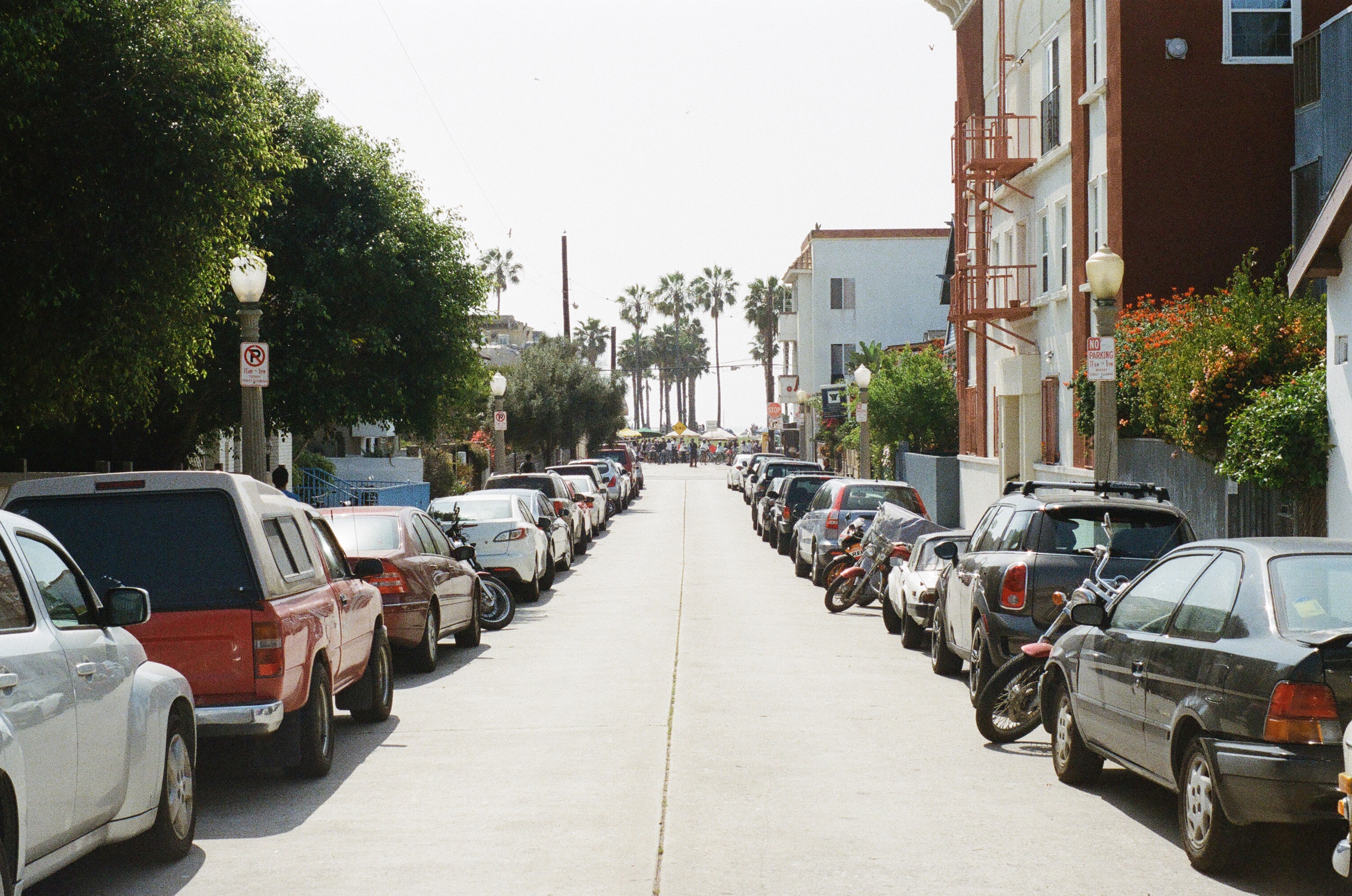In Some US Cities, There are Over Ten Times More Parking Spaces Than Households
For the average American, there never seem to be enough parking spaces. Most surface parking lots outside malls and department stores are usually full. It comes as a surprise that, according to a 2018 comprehensive parking inventory carried out by Eric Scharnhorst, parking spaces far exceed the number of households in some cities.
All this extra space means that tax dollars are wasted on maintaining empty garages, making it imperative for governments to think about overhauling building and parking regulations.

Jackson, Wyoming, is the most glaring example of this imbalance with 27 parking spaces per household. In addition to this, there are only 2 households per acre, contrasted with a whopping 50 parking spaces per acre. Des Moines, Iowa, comes close behind with 19 parking spots per household. Cities like Philadelphia fall on the lower end of the spectrum with a parking lot to the household ratio of 3.7:1.
What is the harm?
Too much of anything becomes a nuisance, and the same applies to parking lots. Space which can be used for residential or commercial buildings, i.e. buildings that cater to the well-being of a city, is taken up by excess parking. This means that in cities like Seattle, which is in desperate need of housing space, 40% of the land area is given over to parking spots. Since the supply drops low and the demand remains high,
People’s hard-earned tax dollars are laid to waste too. In Jackson, for example, each household pays an estimate of $192,138 per year just for parking space. This money could be put to better use but is spent on the maintenance of garages which are mostly empty during the day.
This brings us to the fact that very few parking spots are actually used by people. Parking lots in front of a local Walmart may be full because the parking there is either cheap or free, whereas most underground or corporate parking spots require a person to pay. People tend to go for the free or cheaper option, leaving certain parking lots to be filled to the brim while others barely see any traffic. The average US driver spends 17 hours of his life per year looking for the ideal parking space, and cars remain parked an average of 95% of the time.
Most city councils still follow old-fashioned city-planning, but some are starting to realize the problem with it.
How can the situation be fixed?
One way to solve this wasteful problem is to repeal the requirements which obligate builders to construct a certain number of parking spaces for every building. Renters should also be allowed to not pay for parking spaces they will not be using, discouraging the building of unnecessary spots. Silicon Valley (Palo Alto) also recently passed a bill to allow people who live in RVs to park in city parking space instead of taking up space which could be used for building housing.
Also Read: People in the US Use Car Parking Spaces for Offices
A reasonable ratio to keep as an ideal is that of New York, with an average of 16.2 households per acre coupled with 10.1 parking spaces per acre. Before so many cities enter into housing crises, city councils must set up measures to carry out regular parking supple audits and use that information to create a better approach towards parking spaces.
Zoning of land must be altered as well, as more land needs to be designated for residential purposes. Outdated parking formulas used by lenders to finance construction projects need to be done away with as well.
Ultimately, the aim is to create a more efficient and less wasteful approach towards city planning. The report by Scharnhorst is the first of its kind, but it may set a precedent for regular parking supply surveys. US cities need to prioritize affordability and comfort over established city plans.

